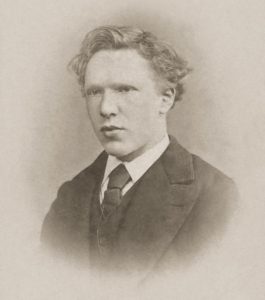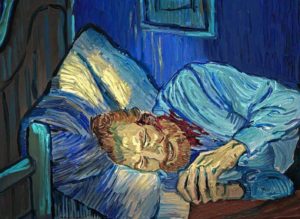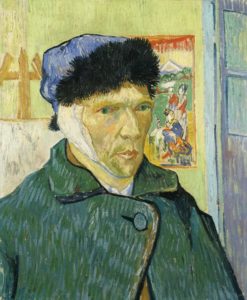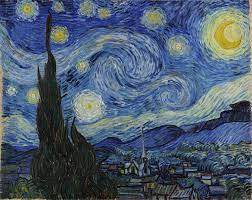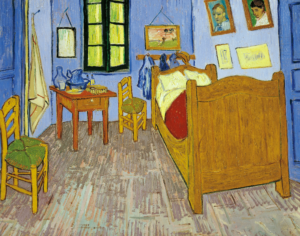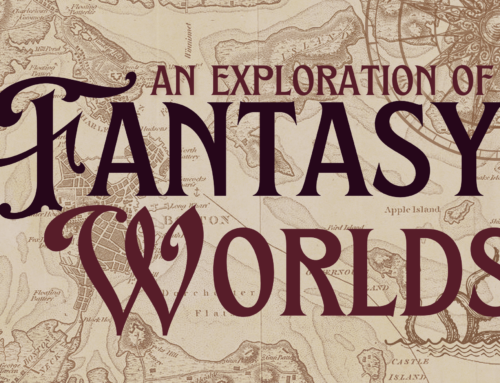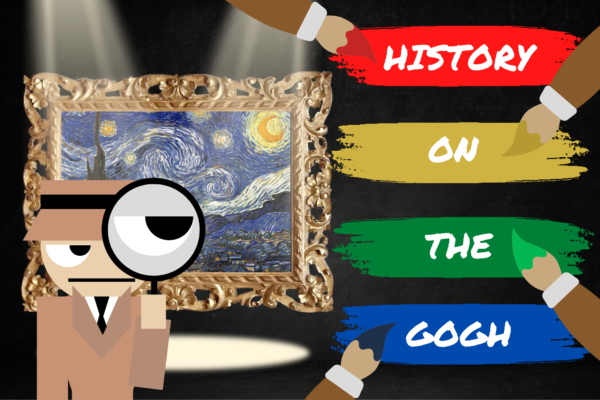
Rolling hills, a small town, and a swirling sky of beautiful stars. When Vincent Van Gogh created the painting “The Starry Night” in 1889, this troubled painter did not realize that he made one of the most prominent and renowned paintings of the western world.
Since it made the Museum of Modern Art its home, that painting has been viewed by thousands of people from around the world, influencing the creation of various pop culture references, the works of new artists, and even the development of an oil painting-based animated film detailing the life of Van Gogh. However, behind the calm, beautiful scene evoked by “The Starry Night,” lies something else – a sad, tumultuous history that few people know about.
Who is Vincent Van Gogh? With such a loaded question, we need to dive deeper into his story and find out what happened before, during, and after that fateful year.
Things you may not have known about Vincent Van Gogh and “The Starry Night”:
Van Gogh was a brilliant artist and gave the world so much, and we at CCPL know that you have a lot to give to the world, too. Help is always available when you need it, so if you need something, please say something. We ask that if you are feeling suicidal and need immediate help, please do not hesitate to call the National Suicide Prevention Lifeline at (800) 273-8255.

